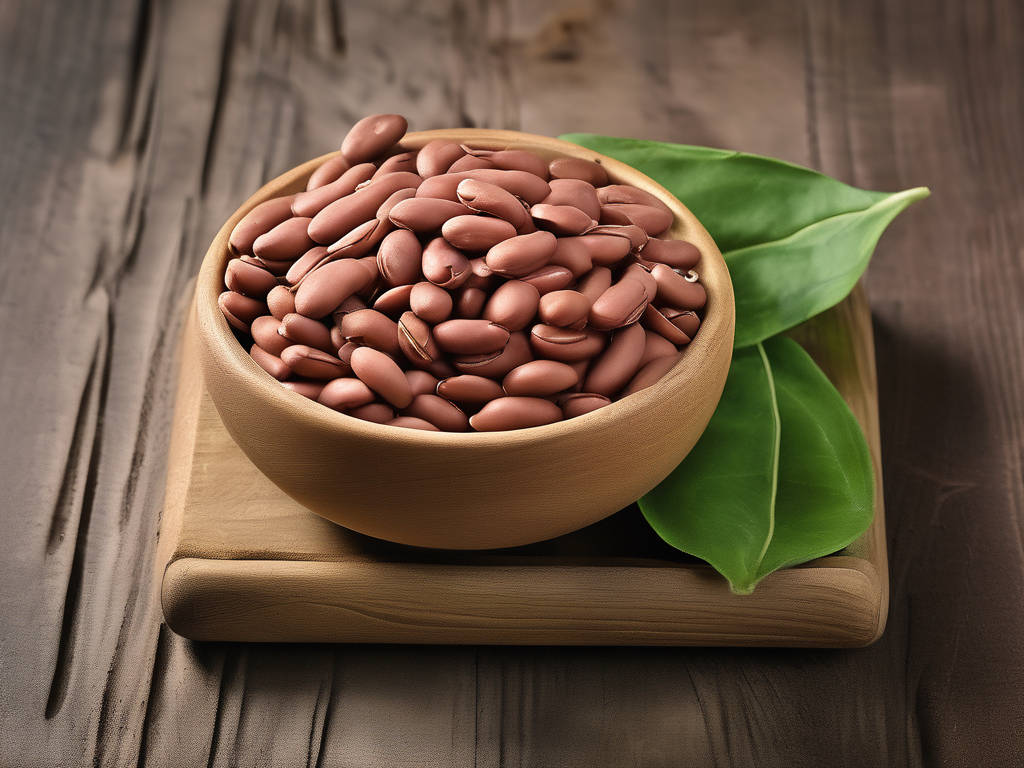
The Ultimate Guide to Storing Common Beans for Long-Term Freshness
Get Your Free Food Safety Cheat Sheet
30 most common foods with instant answers. Print it and stick it on your fridge—completely free!
The Ultimate Guide to Storing Common Beans for Long-Term Freshness
If you're a fan of common beans, you know how versatile and nutritious they are. Whether you prefer black beans, kidney beans, pinto beans, or any other variety, proper storage is key to maintaining their freshness and quality. In this comprehensive guide, we'll explore the best practices for storing common beans to ensure they stay fresh for an extended period. (Common bean)
Why Proper Storage Matters
Properly storing common beans is essential for several reasons:
- Maintaining Freshness: Storing beans correctly helps preserve their flavor, texture, and nutritional value.
- Preventing Spoilage: Improper storage can lead to mold growth, insect infestation, or rancidity, which can render the beans inedible.
- Saving Money: By storing beans properly, you can extend their shelf life and reduce food waste.
Now, let's dive into the specifics of how to store common beans for long-term freshness.
Choosing the Right Storage Containers
When it comes to storing common beans, selecting the right containers is crucial. Here are some tips to keep in mind:
H3 Airtight Containers
- Use airtight containers to prevent moisture and air exposure, which can cause beans to spoil.
- Opt for glass or BPA-free plastic containers with tight-fitting lids to maintain freshness.
H3 Mason Jars
- Mason jars are an excellent option for storing beans, as they are airtight and keep out light.
- Choose jars with wide mouths for easy access to the beans.
H3 Mylar Bags
- Mylar bags are ideal for long-term storage, as they provide an extra barrier against moisture and oxygen.
- Consider using oxygen absorbers in Mylar bags to further extend the shelf life of your beans.
Ideal Storage Conditions
Proper storage conditions play a significant role in preserving the quality of common beans. Here's what you need to know:
H3 Temperature
- Store beans in a cool, dry place away from sunlight and heat sources.
- Ideally, keep the temperature between 50-70°F (10-21°C) for optimal freshness.
H3 Humidity
- Beans should be stored in a low-humidity environment to prevent mold growth.
- Aim for a humidity level of around 15-22% for long-term storage.
H3 Light Exposure
- Light can cause beans to deteriorate more quickly, so store them in a dark pantry or cupboard.
- Avoid clear containers or storing beans in direct sunlight.
Length of Storage
The shelf life of common beans can vary depending on the storage conditions and type of bean. Here's a general guideline for how long you can store different types of beans:
- Dried Beans: Can be stored for up to 1-2 years in ideal conditions.
- Canned Beans: Have a shelf life of 2-5 years if stored in a cool, dark place.
- Cooked Beans: Refrigerate cooked beans and use them within 3-5 days for the best quality.
Tips for Long-Term Storage
To ensure your common beans stay fresh for an extended period, consider the following tips:
- Rotate your bean stock regularly to use older beans first.
- Label containers with the date of purchase or storage to track freshness.
- Keep an inventory of your bean supply to avoid overstocking.
Conclusion
Proper storage is essential for maintaining the freshness and quality of common beans. By following the tips outlined in this guide, you can ensure that your beans stay flavorful and nutritious for an extended period. Remember to choose the right containers, store beans in optimal conditions, and keep track of their shelf life to minimize food waste and enjoy delicious beans whenever you need them. Happy storing! (Common bean)
Related Posts
Here are some other articles you might find helpful:
Authoritative Food Safety References
These agencies and university labs inform every tip and health precaution we publish.
USDA FoodKeeper – Cold Storage Guidelines
Official refrigerator, freezer, and pantry timelines maintained by the U.S. Department of Agriculture.
Visit USDA FoodKeeperFDA Produce Safety Rule & Grower Guidance
Field-to-fridge handling practices that prevent contamination of fruits, vegetables, and leafy greens.
Visit FDA Produce SafetyCDC Foodborne Illness Prevention Hub
Surveillance-backed guidance on pathogens, symptoms, and steps to reduce foodborne illness risk.
Visit CDC Food SafetyUC Davis Postharvest Technology Center
University research detailing optimal storage atmospheres for produce after harvest.
Visit UC Davis PostharvestPenn State Extension – Home Food Preservation & Safety
Peer-reviewed extension bulletins on safe canning, chilling, and reheating practices.
Visit Penn State ExtensionGet Your Free Food Safety Cheat Sheet
30 most common foods with instant answers. Print it and stick it on your fridge—completely free! Want more? Upgrade to the complete guide with 70+ foods.
Scan your food directly and get instant safety info using our AI-powered camera feature.